Indian marriages are known to be one of the most flowery celebrations of its kind. Ever since the earliest centuries people have married their sons and daughters along with lavish ceremonies, food and celebration, inviting people and treating them.
Right from the beginning for fathers, marrying their daughters to good, educated, cultured men belonging to good families was one of the main duties. Arranged marriages took place mostly and the father’s searched for the perfect bride for their sons. Many a times there was a middle man who used to initiate the marriage and also propose the pair. He was generally a friend, relative of someone close to both the families. He would take all the initiatives of making the families meet, finalize the date of marriage, etc.
Dowry was a very prevalent custom back then and is prevalent in certain families even now though not to such large extents. Dowry refers to the custom in which the bride’s father has to pay certain amount of money to the groom’s family as a sign of respect and honor, but sometimes this custom is misinterpreted and misused. Marrying their daughters was one of the main reasons they kept their savings for.
Indian weddings consist of a lot of different ceremonies and rituals each of which has its own significance and are still followed by most of the Indians. These ceremonies and rituals vary from community to community but the basic idea behind that still remains.
In the olden days the more one could spend in his daughter’s marriage and the more people he invited and treated for the occasion, the more was his reputation and respect in society so to keep their social standard intact many spent thousands of money then, which back then was quite a lot of money.
People travelled long distances just to attend the wedding of their loved ones. The thought behind wedding and the ceremonious celebration was more of an emotional need than anything else. They literally felt for each other. A friend’s daughter’s marriage or even a longer relation would mean a lot to them and they would give their all to attend the marriage and be a part of it.
The various rituals in an Indian wedding remain in general
The groom is welcomed at the bride’s house: the groom along with his family and friends are cordially welcomed at the bride’s place along with all those who accompany him. He is precisely welcomed by the bride’s mother who blesses him and along with certain chanting and rituals like ‘tilak’ and ‘aarti’ welcomes him to their place.
Shower of blessings from all elders: All elders of the bride and groom bless them one by one and give them their tokens of love and acceptance. Many of them see the groom for the first time.
The main marriage ceremony: Then begins the main marriage ceremony where the bride and the groom are made to sit in an altar around a fire along with a pandit and the bride’s father. The pandit chants mantras one after another while the bride and the groom take the oath of being by each other’s side through thick and thin. The bride’s father puts his daughters hand in the hand of the groom and he lawfully accepts the bride as his wedded wife and promises to keep her happy and secure. For the next ritual the bride and groom are made to stand and a knot is tied between the ‘aanchal’ of the bride and the piece of cloth that the groom puts around him for the ceremony. That is why it is said to be married means ‘to tie the knot’.
Then they are made to circle around the fire seven times. This is basically an offering to the fire god. The vows are taken keeping agni in the forefront. The bride leads for 3 and half circles and for the next 3 and half circles out of the seven the groom leads, each time they swear an oath to each other. This shows that both the bride and the groom are equals and that when one fails the other is supposed to lead them through a good married life.
After this they are seated again in their places beside the fire. The pandit chants mantras and the groom ties the mangal sutra in the neck of his bride and fills the vermillion in the parting of her hair. Done this the bride and the groom take each other as their wedded husband and wife respectively socially as well in the presence of all their loved ones and friends. The bride and the groom exchange garlands.
When all the traditional customs and rituals are done certain ceremonies continue until the next day at the bride’s place merely for the entertainment of the people attending the wedding. This again varies from community to community. According to the history of Indian weddings they fire is an integral part. In the early centuries Indians believed that agni being a very powerful god should be worshipped before starting a new important phase of one’s life such as marriage. They believed that Agni dev would bestow them with courage and wisdom.
At the Groom’s place
Next day at the groom’s place another set of rituals follow, similar to the ones earlier. Here the bride’s family is welcomed to the groom’s by his family. The newly wedded couple is introduced to the invitees who shower them with well wishes, blessings and loads of gifts. Here again the pundits chant mantras and the bride and the groom take a final set of vows and promise to stand as a rock by each other in times of need and in critical times be by each other and help each other out.
Finally after the 3 to 4 day long ceremonies and rituals and celebrations they are considered man and wife and left to themselves to lead a happy and successful married life.

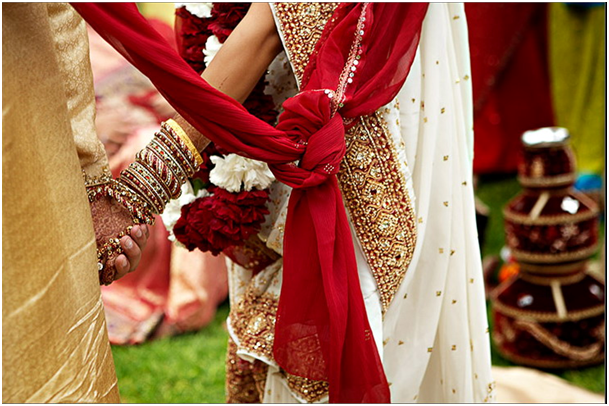




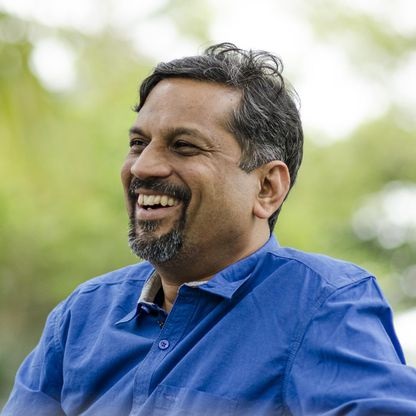


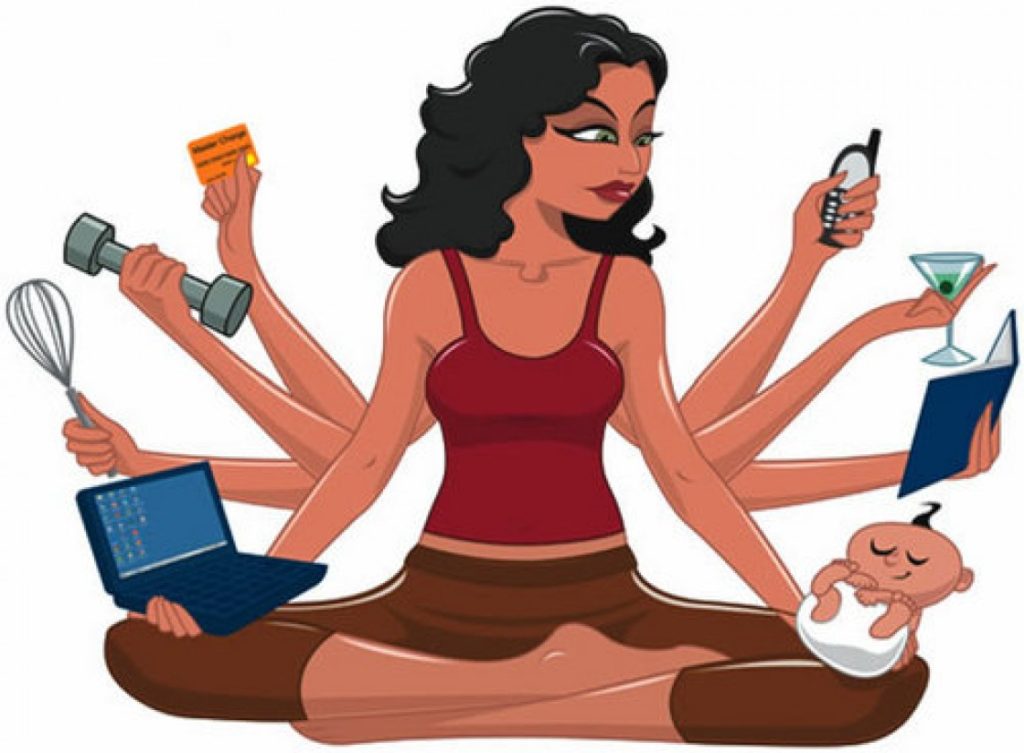
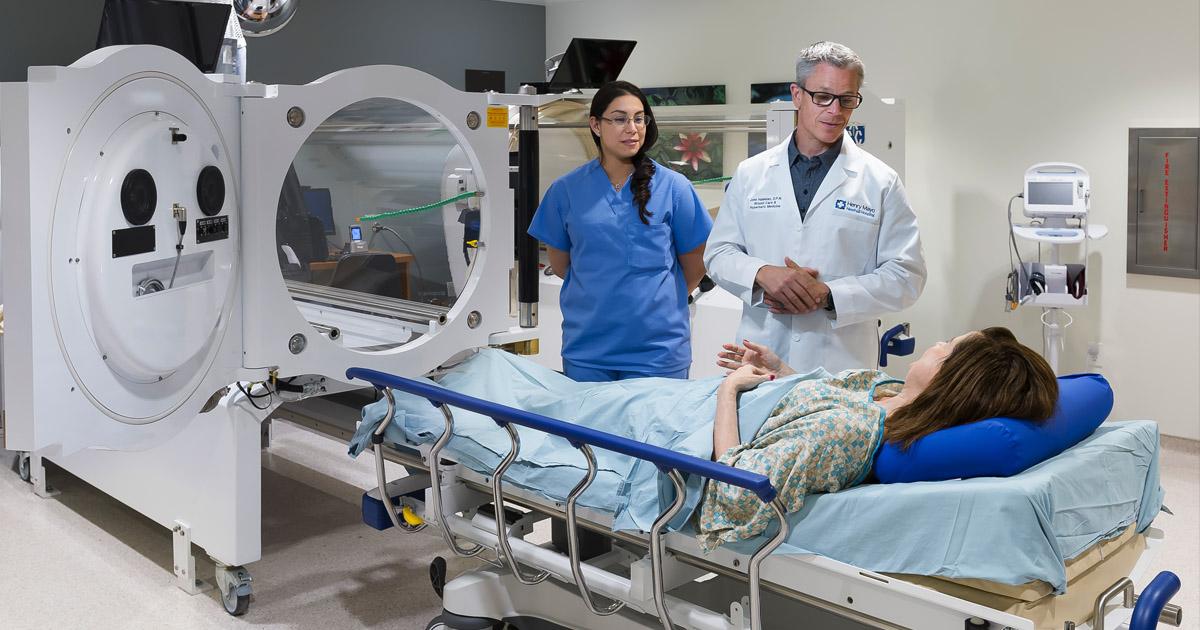
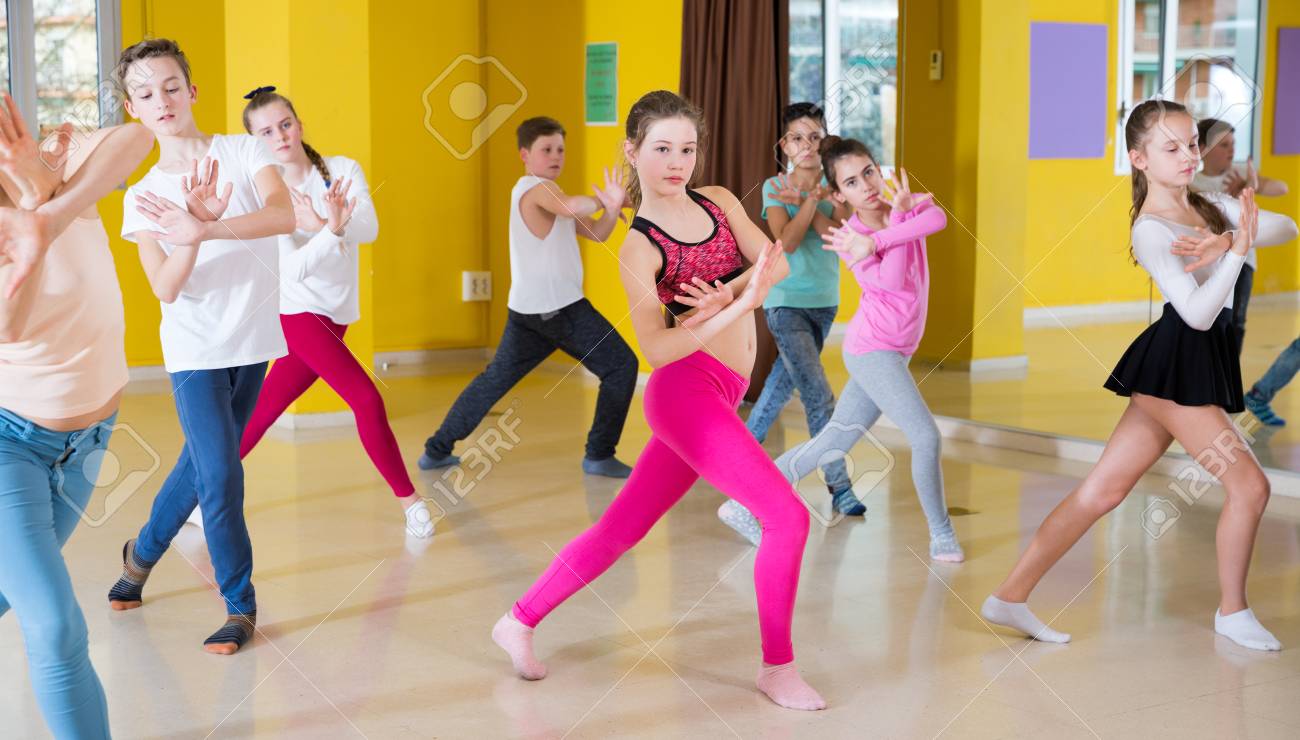


Leave a Reply